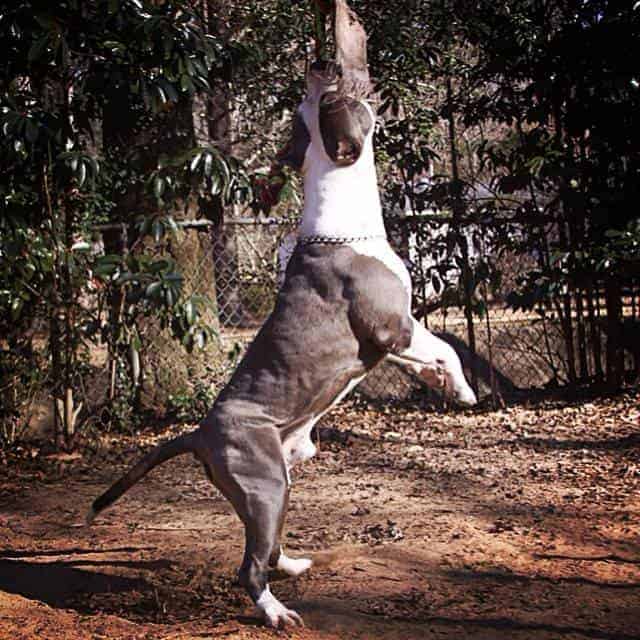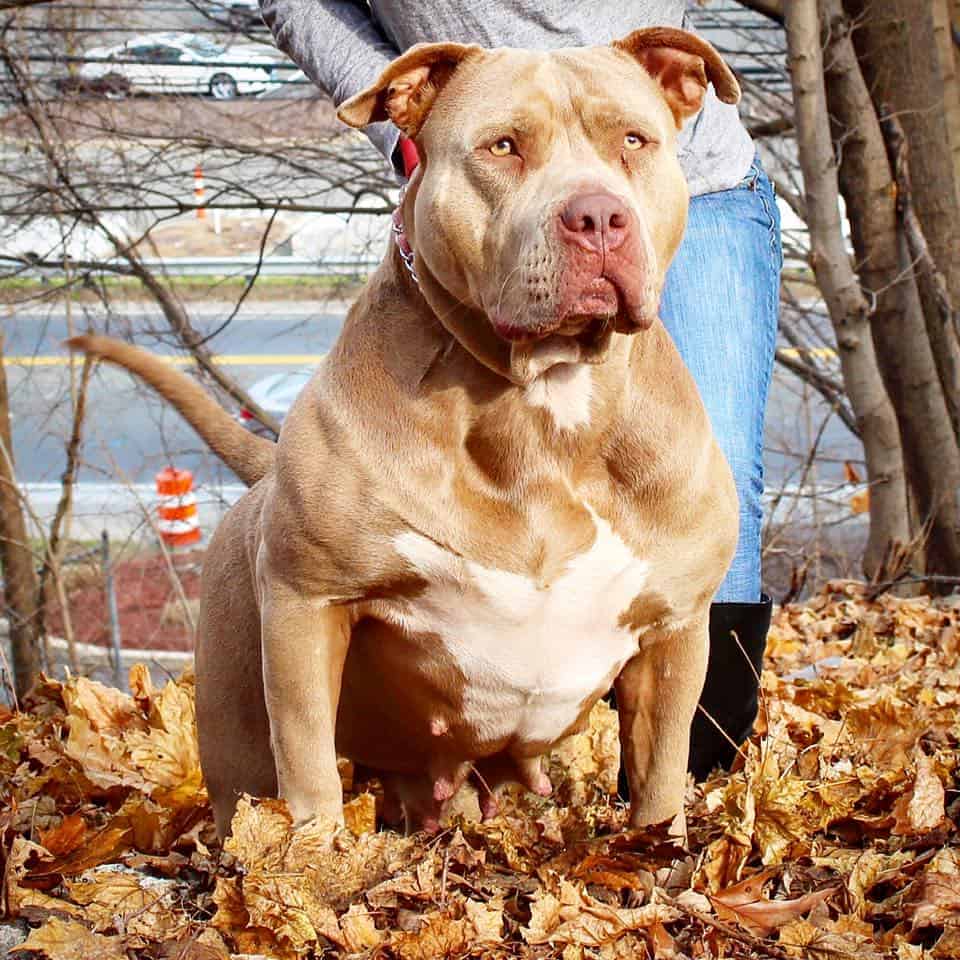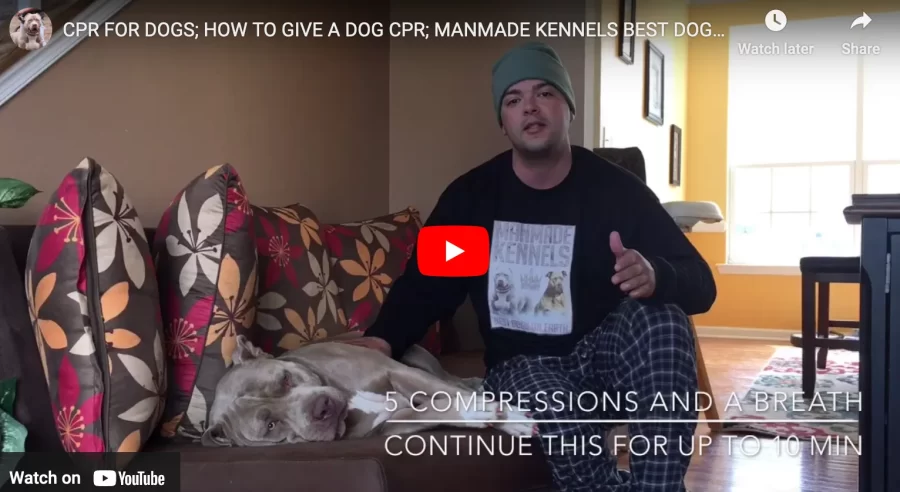How to Perform CPR on Dogs: A Comprehensive Guide
Knowing how to perform CPR for dogs or Cardiopulmonary Resuscitation for dogs can be a life-saving skill. This guide will walk you through the process step-by-step, ensuring you're prepared for any emergency.
What is CPR for dogs?
CPR for dogs is an emergency procedure that combines chest compressions and artificial respiration to maintain blood flow and oxygenation when a dog's heart has stopped beating or they've stopped breathing.
When is CPR necessary for dogs?
CPR is required when a dog is:
- Unconscious
- Not breathing
- Has no detectable heartbeat
How do you do CPR on a dog?
Performing CPR on a dog involves three main steps: checking for responsiveness, performing chest compressions, and providing rescue breaths.
Step 1: Check for responsiveness
- Call your dog's name and gently shake them
- Check for breathing by watching for chest movement
- Feel for a heartbeat by placing your hand on the left side of the chest
Step 2: Perform chest compressions
- Position the dog on their right side on a flat surface
- Place your hands over the widest part of the chest
- Compress the chest 100-120 times per minute
- Allow the chest to fully recoil between compressions
Step 3: Provide rescue breaths
- Close the dog's mouth and extend the neck
- Cover the nose with your mouth
- Give a breath every 30 compressions
- Watch for chest rise to ensure air is entering the lungs
How long do you do CPR on a dog?
Continue CPR until:
- The dog starts breathing on their own
- You feel a heartbeat
- Professional help arrives
- You're physically unable to continue
Aim to perform CPR for at least 10-15 minutes if possible.
What is the success rate of CPR in dogs?
The success rate of CPR in dogs is relatively low, ranging from 5-10% in most studies. However, immediate action can significantly improve chances of survival.
Factors affecting CPR success in dogs
- Cause of cardiac arrest
- Time elapsed before starting CPR
- Underlying health conditions
- Quality of CPR performed
Can you use an AED on a dog?
While Automated External Defibrillators (AEDs) are designed for humans, they can be used on dogs in emergency situations if no veterinary defibrillator is available.
How to use an AED on a dog
- Shave or wet the areas where pads will be placed
- Place one pad on the right chest wall and one on the left side over the heart
- Follow the AED's voice prompts
What to do after performing CPR on a dog?
After performing CPR:
- Seek immediate veterinary care, even if the dog appears to recover
- Monitor breathing and heart rate closely
- Keep the dog warm and comfortable during transport
Potential complications after CPR
- Rib fractures
- Lung contusions
- Neurological issues
How can I learn dog CPR?
To learn dog CPR:
- Attend a pet first aid course
- Practice on a dog mannequin
- Watch instructional videos from reputable sources
- Consult with your veterinarian for guidance
Benefits of learning dog CPR
- Increased confidence in emergencies
- Ability to act quickly when seconds count
- Potential to save your dog's life
By following these guidelines and being prepared, you can increase your dog's chances of survival in an emergency situation. Remember, while CPR can be a life-saving technique, it's always best to prevent emergencies through regular veterinary check-ups and a safe living environment for your pet.
CPR for dogs
Cardiopulmonary Resuscitation, or CPR, is used for dogs just like in humans. It is a combination of chest compression and breathing air into the dogs lungs. It is used to save a dogs life when you cannot feel or hear the dog’s heart beat. Once a dogs stops breathing, their heart will go into cardiac arrest and stop beating.
Anytime you plan on performing CPR be mindful that performing it on a healthy dog can cause permanent and even fatal damage. Be sure that the dog is actually is having a problem prior to performing CPR. In other words, don't panic / assess the situation / and use proper judgement before start performing CPR.
How To Perform CPR on a Dog
01
First you want to ensure the dog is actually in need of CPR. Listen for a heartbeat, look for rising of the chest, and put your check against the dogs nose to feel for air.
02
Lay the dog on his or her right side and on a flat surface. Cup your hands together one on top of the other and find the heart area (in front of left shoulder of dog), lock your elbows and secure your position directly over top of the dog.
03
Begin giving compression's at a rate of 100 beats per min for dogs under 30lbs and 80 beat per min for dogs over 30lbs. Ensure you compress (at minimum) 1 inch into chest.
04
After 5 compression's, give the dog one breath. Hold the muzzle closed and make sure you seal your mouth around the nostril. After you give the one breath, return to original position and continue compression's.
Remember 5 Compression and 1 Breath.
If you have a second person its 2 Compressions 1 Breaths
IF 10 MINUTES HAVE PASTED;
DISCONTINUE CPR
Like what you've learned so far? Check out our Tips and Tricks Section to learn more useful information.




